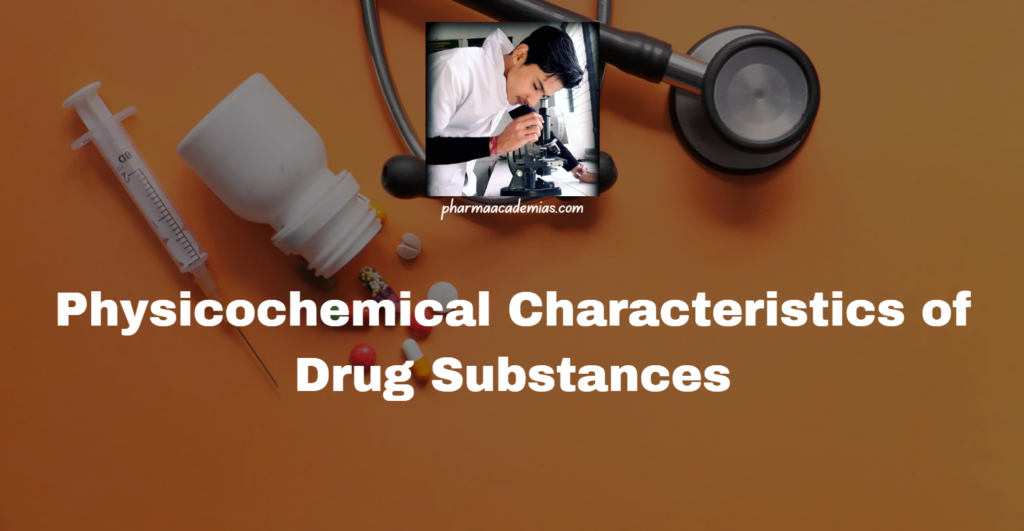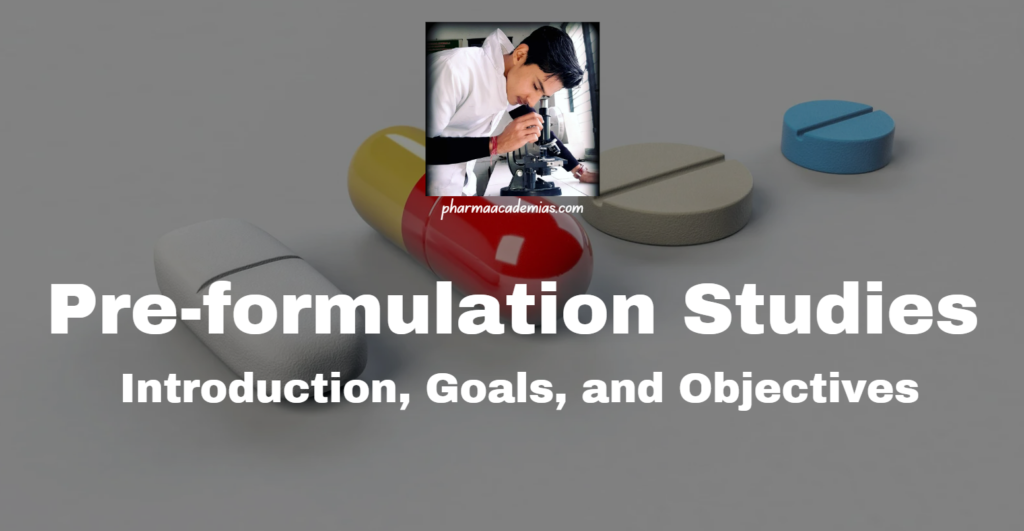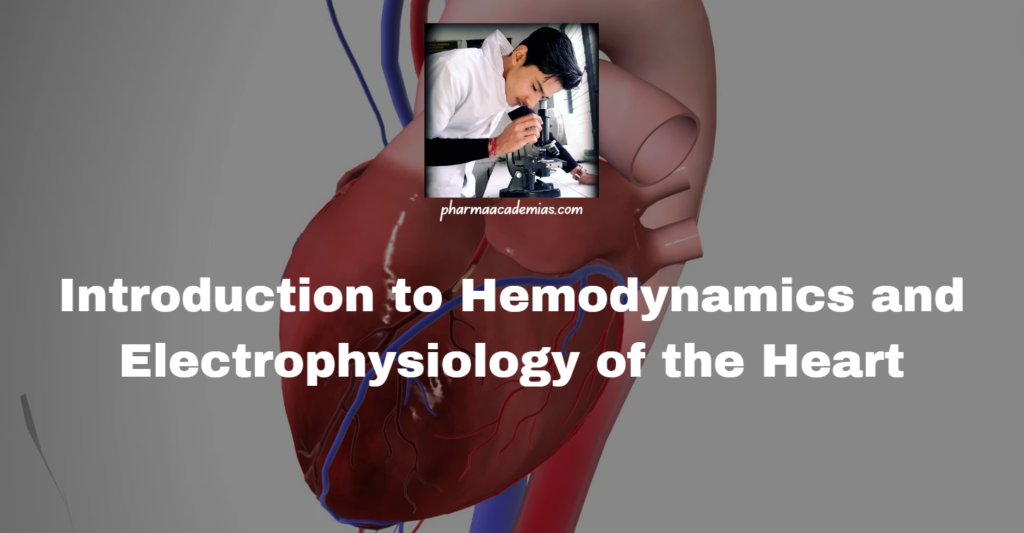Understanding the chemical properties of drug substances is critical for predicting their stability, compatibility, and overall behavior during formulation, storage, and administration. Here, we detail key chemical processes including hydrolysis, oxidation, reduction, racemization, and polymerization, along with their significance in pharmaceutical development. 1. Hydrolysis Hydrolysis is a chemical reaction in which water reacts with a […]
Category: SEM-V
1. Physical Form (Crystal & Amorphous) Crystalline Form: Crystal Lattice Structure: Crystalline substances have a defined and repetitive arrangement of molecules. This structure is characterized by unit cells that repeat in three dimensions. Types of Crystals: Includes polymorphs (different crystal forms of the same compound), hydrates/solvates (crystals containing solvent molecules), and co-crystals (crystals composed of […]
Introduction The study of physicochemical characteristics of drug substances is essential in pharmaceutical development. It involves the comprehensive evaluation of physical and chemical properties of the Active Pharmaceutical Ingredient (API), which influences the drug’s formulation, stability, efficacy, and bioavailability. Understanding these characteristics is crucial for designing effective and stable pharmaceutical products. Key Physicochemical Characteristics 1. […]
Introduction to Pre-formulation Pre-formulation studies are a crucial part of the pharmaceutical development process. These studies involve the characterization of the physical, chemical, and mechanical properties of a drug substance (API Active Pharmaceutical Ingredient) alone and in combination with excipients. The primary goal of pre-formulation is to generate useful information about the drug substance that […]
Anti-Hyperlipidemic Drugs: Definition, classification, mechanism of action uses and side effects.
Hyperlipidemia refers to elevated levels of lipids in the blood, including cholesterol and triglycerides. This condition is a major risk factor for cardiovascular diseases, such as coronary artery disease, stroke, and peripheral artery disease. Anti-hyperlipidemic drugs, also known as lipid-lowering agents, are used to manage and reduce high lipid levels to lower the risk of […]
Anti-Arrhythmic Drugs: Definition, classification, mechanism of action uses and side effects.
Arrhythmias are disorders of the heart rhythm, which can range from benign to life-threatening conditions. Anti-arrhythmic drugs are used to treat and prevent these rhythm disturbances by modifying the electrical activity of the heart. Introduction Anti-arrhythmic drugs are medications designed to treat abnormal heart rhythms. They work by altering the electrical impulses in the heart, […]
Angina pectoris, commonly referred to as angina, is a symptom of myocardial ischemia characterized by chest pain or discomfort due to insufficient blood flow to the heart muscle. Anti-anginal drugs are used to alleviate symptoms, improve exercise tolerance, and prevent acute coronary events. Introduction Anti-anginal drugs are medications designed to manage and treat angina pectoris. […]
Anti-Hypertensive Drugs: Definition, classification, mechanism of action uses and side effects
Hypertension, commonly known as high blood pressure, is a major risk factor for cardiovascular diseases, including heart attack, stroke, and heart failure. Anti-hypertensive drugs are used to manage and treat hypertension by lowering blood pressure to prevent these complications. Introduction Anti-hypertensive drugs are medications designed to reduce elevated blood pressure. They work through various mechanisms […]
Hemodynamics of the Heart Hemodynamics refers to the dynamics of blood flow, the forces and motion of blood through the cardiovascular system. It involves the study of cardiac function and the systemic circulation, providing insights into how the heart pumps blood and how blood is distributed throughout the body. Key Concepts in Hemodynamics: 1. Cardiac […]
Drug therapy for shock
Definition: Shock is a critical medical condition characterized by inadequate blood flow and oxygen delivery to tissues and organs, resulting in impaired cellular function. It is a life-threatening emergency requiring prompt intervention to restore perfusion and prevent organ failure. Classification 1. Vasopressors Vasopressors are a class of medications that constrict blood vessels and raise blood […]










